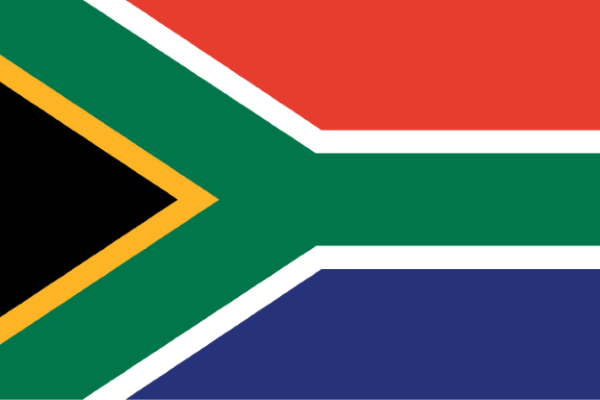The Order of Luthuli in Silver

James Arnold (Jimmy) la Guma (1894 - 1961) Awarded for:
His lifetime commitment to the struggle against apartheid and tireless work serving the interest of workers.
Profile of James Arnold (Jimmy) la Guma
James Arnold Jimmy la Guma was born in 1894 in Cape Town, the eldest of two siblings. Orphaned at the age of five, he and his siblings were initially cared for by a washerwoman and later adopted by an uncle, James Mansfield, who lived in Parow on the outskirts of Cape Town.
At the age of eight, La Guma got his first job, working long hours at a Parow bakery. Soon after, he was forced to abandon his education to help support the household. In 1907, La Guma entered an apprenticeship as a leather worker. He was an avid reader who preferred spending his pocket money at the second-hand bookstalls on the Grand Parade to advance his education.
Even before he had reached his teens, La Guma had started identifying with the struggles of the labouring poor. He was deeply impressed by R Tressall’s The Ragged Trousered Philanthropists that recounted the life and struggles of the English working class. Growing up in poverty in recession-hit Cape Town in the period following the South African War (1899 – 1902), La Guma was no stranger to the discontent of the labouring class. He got his first taste of spontaneous working-class political action when he participated in the so-called “hooligan riots” that engulfed Cape Town for several days in 1906.
Because of poor working conditions on the diamond fields, La Guma and a few fellow diggers formed a workers’ committee and organised a strike. This venture ended with striking workers being led from the diamond fields under armed guard.
Seeking adventure, La Guma and two friends responded to an advertisement for “Cape boy” labour in German South West Africa (Namibia) in 1910.
In 1921, La Guma returned to Cape Town and got involved with the Industrial and Commercial Union (ICU). His first major as-signment for the ICU was to revive its Port Elizabeth branch that had lapsed after police had suppressed an ICU demonstration in the city in October 1920.
In 1923, La Guma married Wilhelmina (Minnie) Alexander, the daughter of a carpenter who was active in the African Political Organisation. In Minnie, La Guma found a lifelong companion who supported his political activities despite his frequent absences from home, the economic sacrifices and the personal risks involved. Of their marriage a son, Alexander, the celebrated novelist, and a daughter, Joan, were born.La Guma joined the Communist Party in 1925 and was elected to its Central Committee in 1926. He devoted his energies to the South African Communist Party (SACP) and the African National Congress (ANC). In 1927, he was elected secretary of the Cape Town branch of the ANC and the following year became the organisation’s secretary for the Western Cape. In February 1927, he travelled to Brussels, Belgium, as SACP delegate to the first international conference. La Guma was also invited to tour Germany and give lectures. He went on to visit the Union of Soviet Socialist Republics in the company of ANC president, JT Gumede.
Although a committed communist, La Guma fell foul of the SACP hierarchy during this period because his Africanist sentiments alienated him from its largely white leadership. In 1929, La Guma was expelled from the SACP for breach of discipline when he canvassed for an opponent of Douglas Wolton, party chairperson, in the general election of that year.
On being demobilised in 1947, La Guma rejoined the SACP, was elected to its Central Committee and served in this capacity until the party’s dissolution after the passage of the Suppression of Communism Act of 1950. La Guma re-entered protest politics in 1957 when his son, Alex La Guma, was arrested on a charge of high treason in December 1956 for his role in the Congress of the People. He was arrested with the declaration of a state emergency that followed the Sharpeville shootings in 1960, and was detained for three months.
La Guma’s health failed rapidly after this. Suffering a cerebral thrombosis after his release from prison, he died later of a fatal heart attack at Groote Schuur Hospital in 1961.




